Do you have an interest in gardening and find yourself intrigued by the idea of growing Nopal cacti in sandy soil? Perhaps you’re curious about the unique qualities of Nopal cacti and how they can thrive in less-than-ideal soil conditions. Well, you’re not alone! The world of cacti, particularly the Nopal, offers an exciting opportunity to cultivate a hardy and beneficial plant, even in sandy environments that might challenge other less adaptable species. Let’s embark on this friendly journey together to discover the essential tips and tricks to successfully growing your very own Nopal cactus in sandy soil.
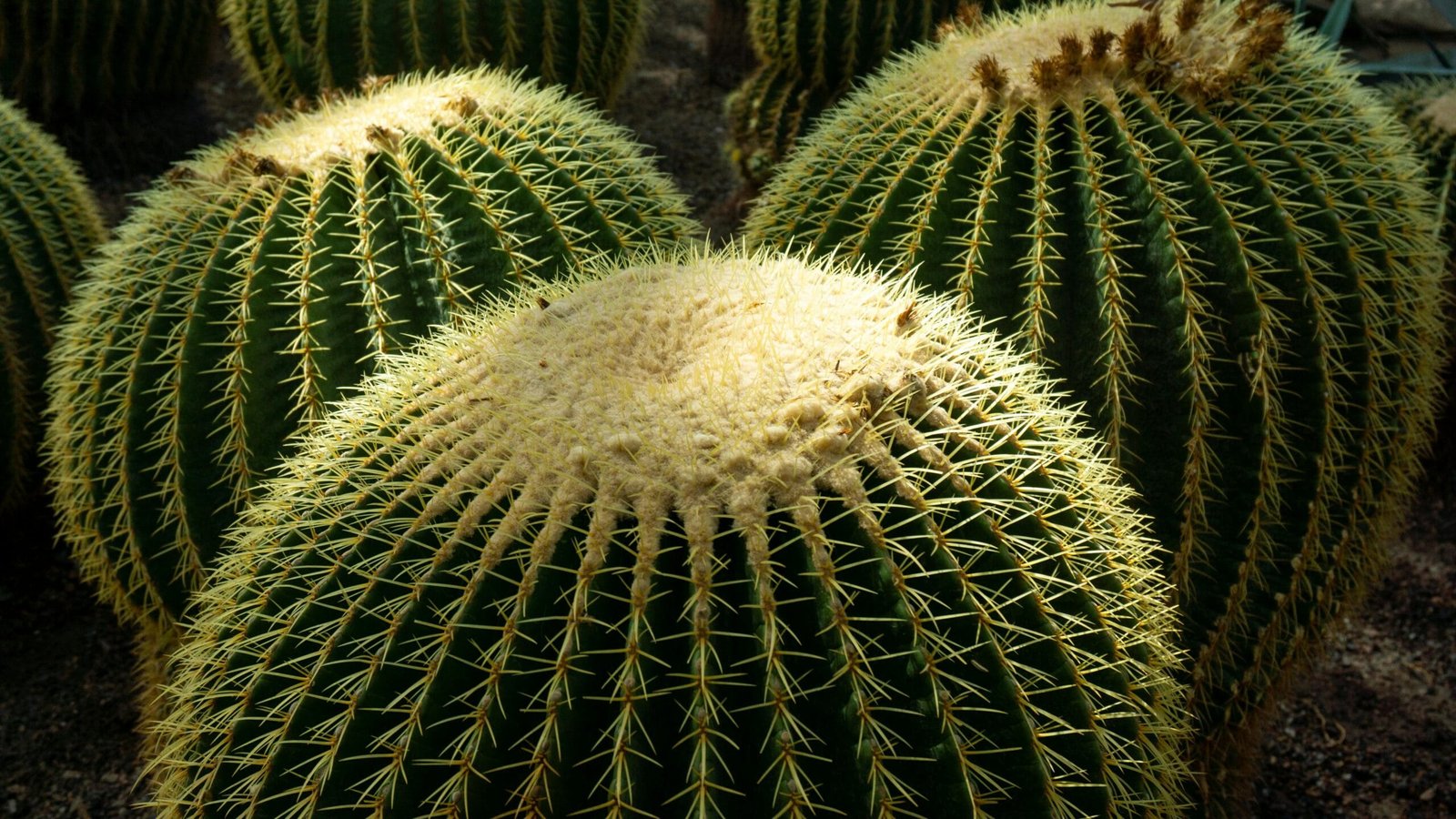
Understanding the Nopal Cactus
Before we get our hands dirty in sandy soil, let’s take a moment to appreciate what makes the Nopal cactus so special. The Nopal cactus, also known as the prickly pear, is a versatile and resilient plant indigenous to the Americas. It is not only admired for its distinctive paddle-shaped leaves but also valued for its edible and medicinal properties. Integrating this versatile plant into your garden could provide numerous benefits, ranging from culinary uses to beautifying your space with its distinctive appearance.
The Natural Habitat of Nopal Cactus
Understanding the natural environment of the Nopal cactus offers invaluable insights into how you can successfully cultivate it in your garden. Typically found in arid and semi-arid regions, this cactus thrives in well-drained soils where it can soak up the sun. The ability of Nopal cacti to store water in their paddles allows them to withstand prolonged periods of drought, making them perfectly suited to sandy soils that retain little moisture.
Nutritional and Medicinal Benefits
One of the many reasons gardeners are drawn to the Nopal cactus is its bounty of nutritional benefits. Rich in fiber, vitamins, and antioxidants, the paddles of the Nopal cactus are often incorporated into various culinary dishes. Additionally, Nopal is credited with potential health benefits such as aiding in weight management, regulating blood sugar levels, and reducing inflammation.
Preparing Sandy Soil for Planting
Growing any plant in sandy soil requires a good understanding of its properties and how to enhance them to support plant life. Sandy soil, known for its large particles and gritty texture, drains rapidly and often lacks the nutrients some plants need for optimal growth. However, don’t let this discourage you! By taking the right steps, you can prepare sandy soil to create a nurturing environment for your Nopal cactus.
Soil Amendments
To successfully grow a Nopal cactus in sandy soil, start by incorporating organic matter. This is crucial for improving the soil’s ability to retain water and nutrients, creating a more hospitable environment for the cactus. Consider adding well-rotted manure, compost, or peat moss. These amendments help enhance the structure of sandy soil and gradually release nutrients essential for healthy growth.
Proper Drainage is Key
While organic matter helps sandy soil retain some moisture, it’s vital to ensure that water does not linger around your cactus roots, as this can cause rot. Ensure your soil mixture allows for excellent drainage. Consider adding crushed granite or coarse sand in conjunction with your organic material to improve drainage capacity, allowing excess water to escape freely.
Balancing Soil pH
Nopal cacti prefer slightly acidic to neutral soil, typically in the range of 6.0 to 7.0 pH. Conduct a soil test to determine the current pH of your sandy soil. If necessary, adjust the pH by incorporating lime to raise it or sulfur to lower it, depending on your soil’s needs. Creating the right pH balance ensures that your Nopal cactus can absorb nutrients effectively.
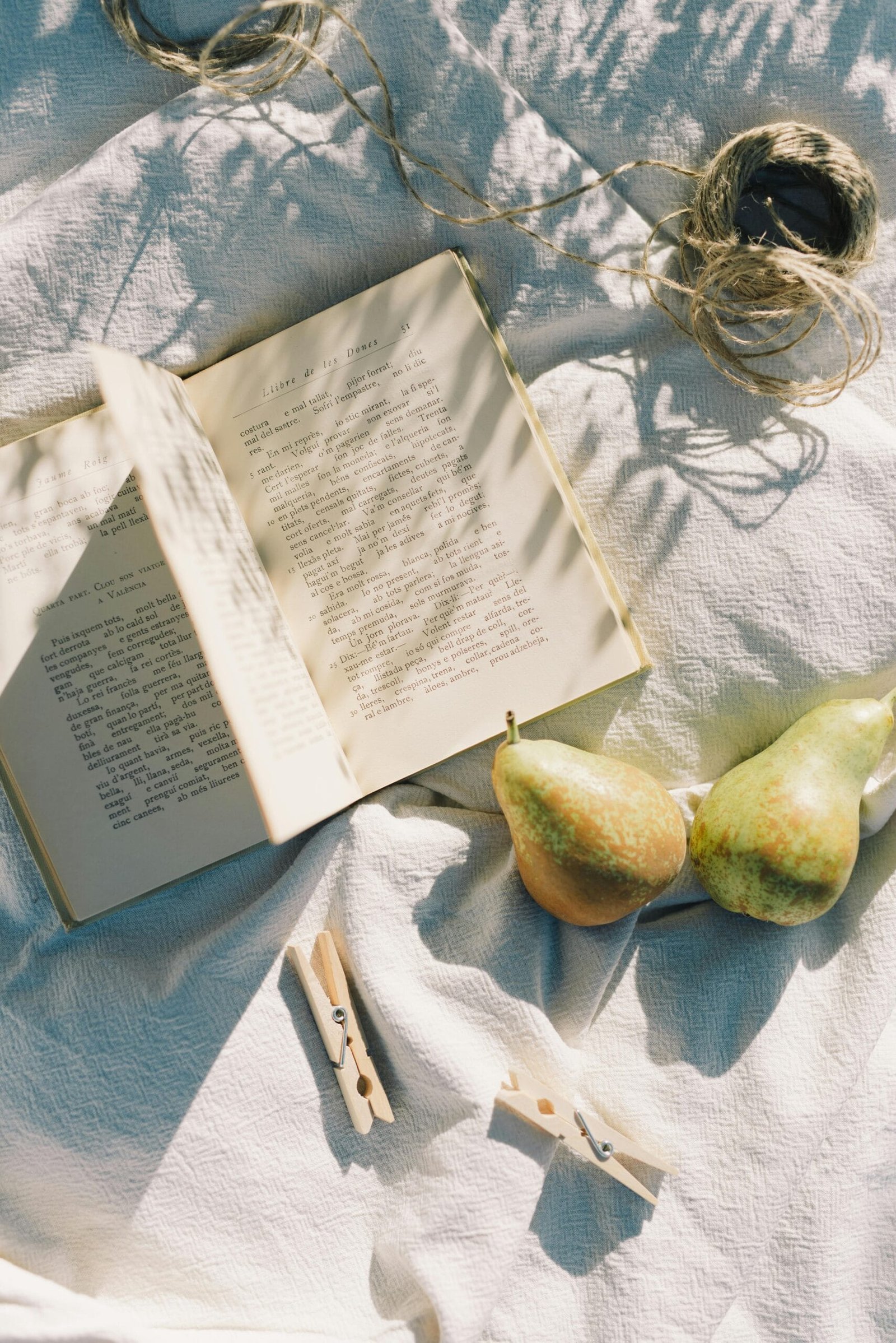
Planting Your Nopal Cactus
Now that your sandy soil is prepped and ready, it’s time to plant your Nopal cactus! While the process is straightforward, paying attention to particular details will improve your chances of success.
Choosing the Right Time
Timing is an integral part of the planting process. The best time to plant Nopal cacti is during the warmer months when the risk of frost has passed. In most regions, late spring to early summer offers optimal conditions for planting, giving your cactus the warmth and sunlight it needs to establish itself.
Planting Cuttings vs. Seeds
While you can grow Nopal cacti from seeds, planting cuttings is a more efficient and reliable method. To prepare cuttings, select a healthy paddle from an existing cactus and allow the cut end to dry and callous over for about a week. Once ready, plant the cutting about an inch deep into the sandy soil, ensuring it remains in an upright position.
Spacing and Arrangement
Ensure your Nopal cactus has ample space to grow by planting cuttings at least 2 feet apart. This spacing allows each plant room to spread out and receive sufficient light, encouraging healthier growth. If incorporating other plants, consider arranging your garden in a way that complements the cactus, taking advantage of its unique aesthetic.
Watering Considerations
While Nopal cacti are drought-resistant, watering newly planted cuttings is essential until established. Water thoroughly but allow the soil to dry between watering sessions. Over time, you can reduce the frequency, enabling the cactus to adapt to the well-suited dry conditions sandy soil provides.
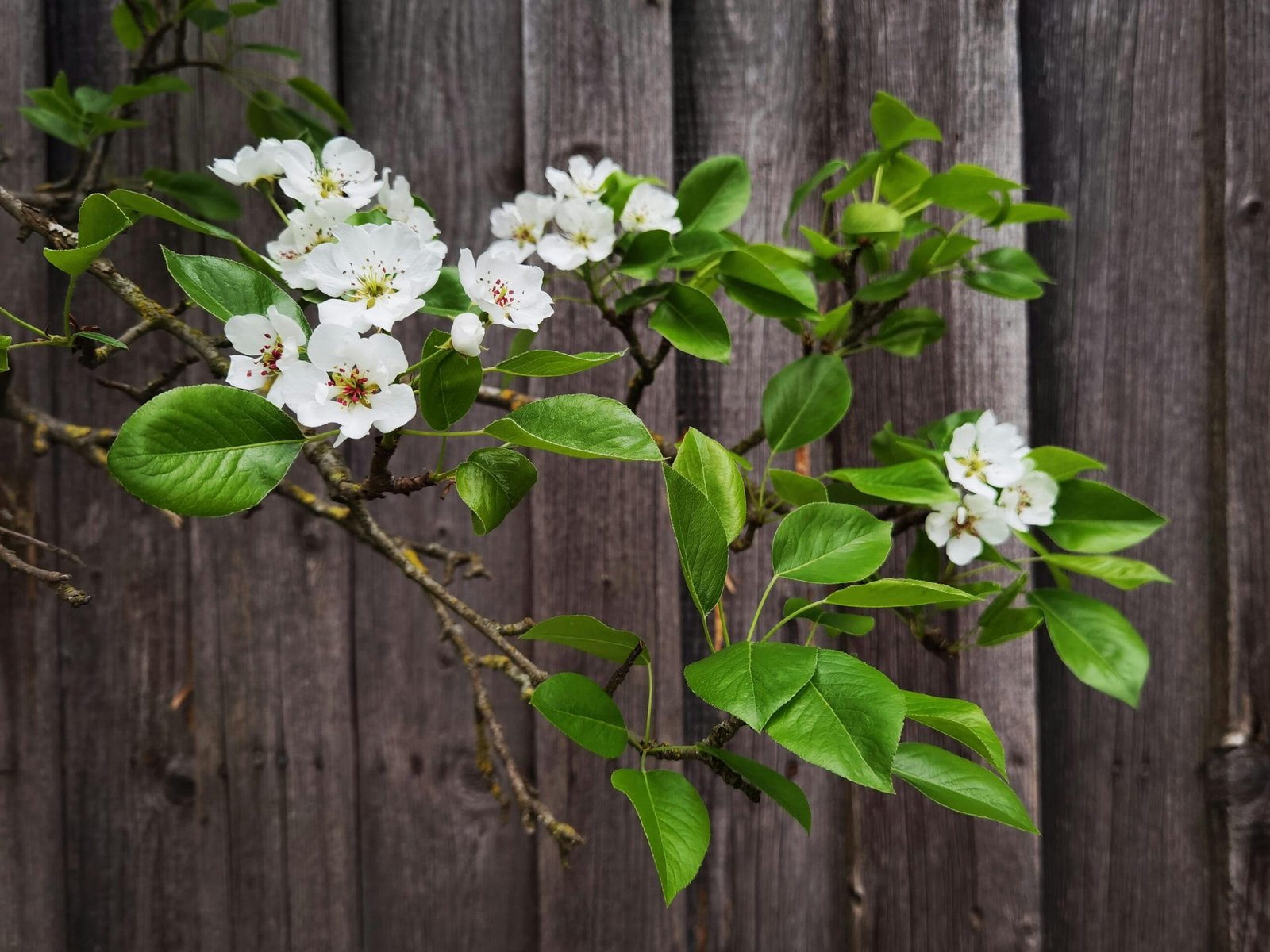
Caring for Your Nopal Cactus
Growing a thriving Nopal cactus doesn’t stop at planting; caring for it over time is equally important. By embracing the maintenance practices below, you will ensure that your cactus remains healthy and productive.
Fertilization
Even with organic matter, sandy soil may not provide all the nutrients a cactus requires. Consider a balanced, slow-release fertilizer specific for cacti, applying it during the growing season. Be cautious not to over-fertilize, as this can lead to excessive growth and weaker structural integrity in the cactus paddles.
Regular Inspections and Pruning
Pruning your Nopal cactus maintains its health and appearance. Regularly inspect for signs of pest infestations and diseases. Remove any damaged or dead paddles, as these can attract pests and become disease vectors. Be sure to use clean tools to avoid contamination.
Pest and Disease Management
Despite being resilient, Nopal cacti are not immune to pests and diseases. Common pests include aphids and cochineal scales, which you can manage using insecticidal soap or neem oil. Be aware of root rot, which occurs from overwatering; ensure that drainage remains effective to prevent this issue.
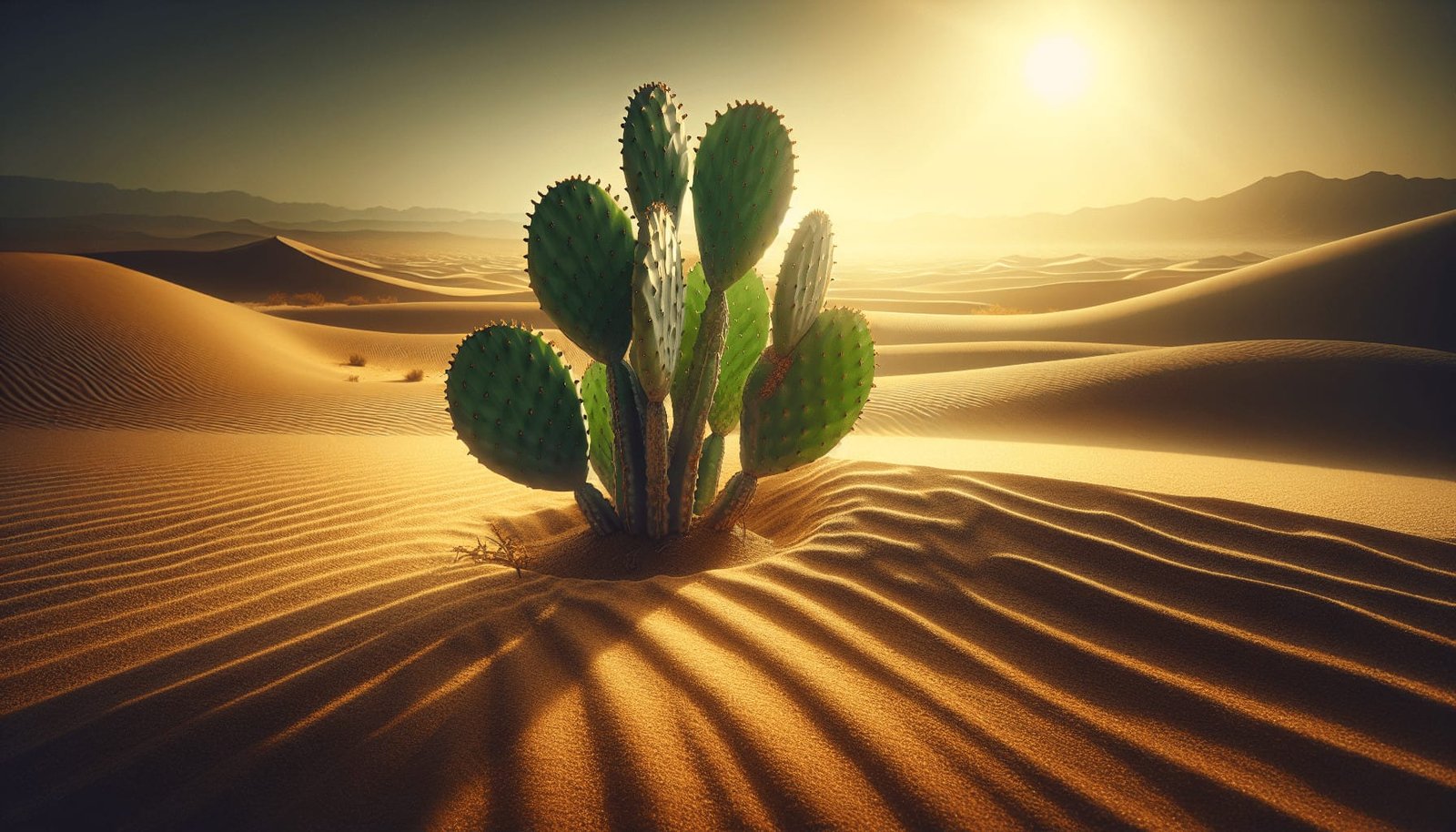
Utilizing Your Nopal Harvest
After investing time and effort into growing your Nopal cactus, it’s rewarding to reap the benefits. Harvesting and utilizing the cactus paddles offers fresh culinary and health opportunities.
Proper Harvesting Techniques
When paddles reach the size you prefer, use a clean, sharp knife to cut them at the joint where they connect to the main plant. Be mindful of the spines, which you’ll need to carefully remove before consumption. Younger paddles are often more tender and flavorful.
Culinary Uses
In the kitchen, Nopal paddles can add a unique flavor and texture to a range of dishes. Popular methods of preparation include grilling, boiling, or sautéing them for use in salads, tacos, or as an accompaniment to eggs. Their subtle flavor and nutritious profile can transform ordinary meals into culinary adventures.
Health Benefits and Homemade Remedies
In addition to their culinary appeal, Nopal paddles offer health benefits. They can be juiced or blended into smoothies as a dietary supplement. Some traditional remedies involve using Nopal pads topically to soothe skin irritations or blending them into a health tonic for purported anti-inflammatory properties.
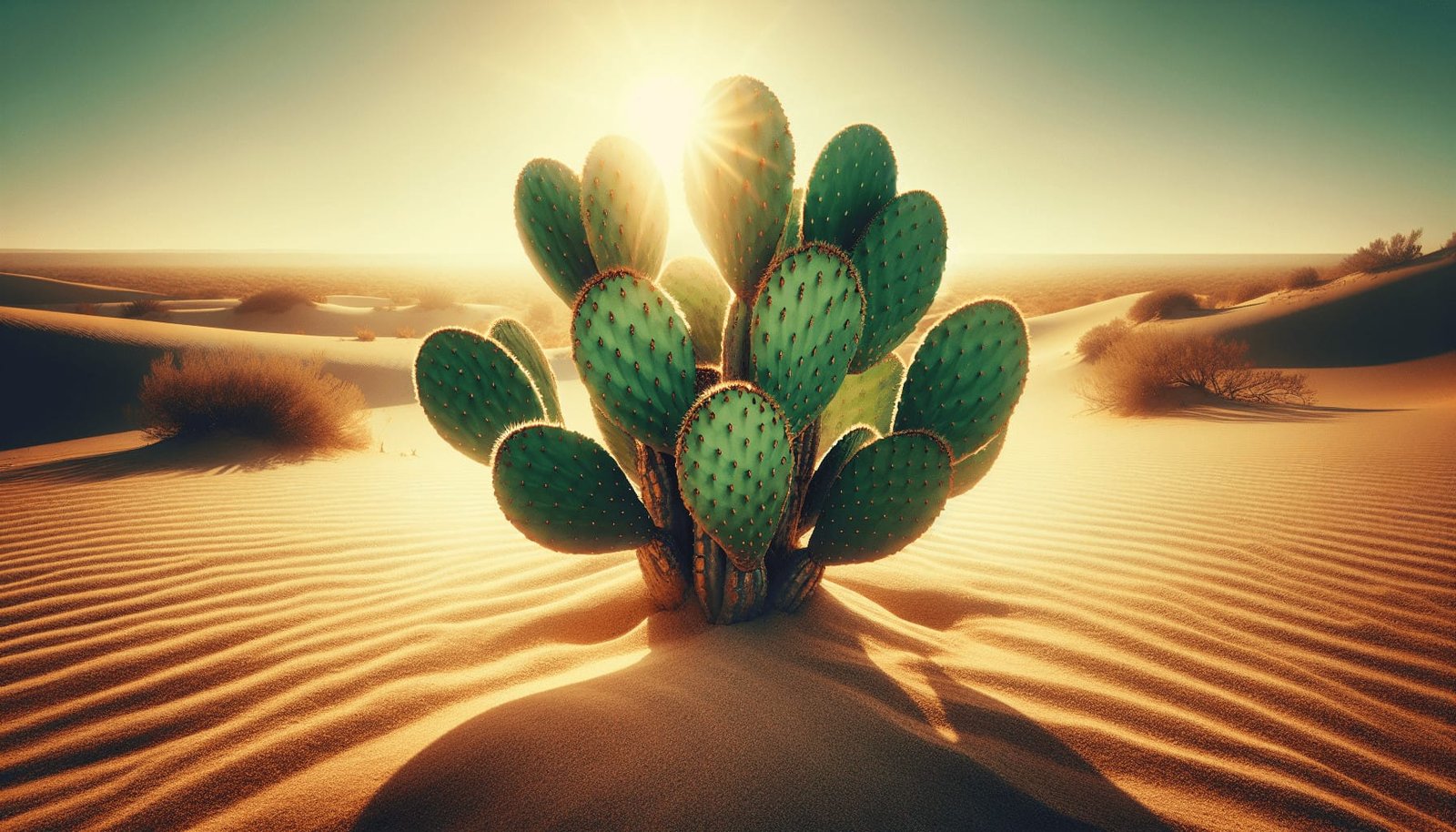
Conclusion
Growing Nopal cactus in sandy soil may seem daunting at first, but with proper preparation and care, you can cultivate this resilient plant and enjoy its myriad of benefits. By understanding the Nopal cactus’s needs and applying thoughtful gardening techniques, you’ll soon experience the satisfaction of nourishing a vibrant and productive cactus in your garden. Remember, patience and care in the cultivation process will ensure a nourishing relationship between you and your Nopal cactus, one paddle at a time.

